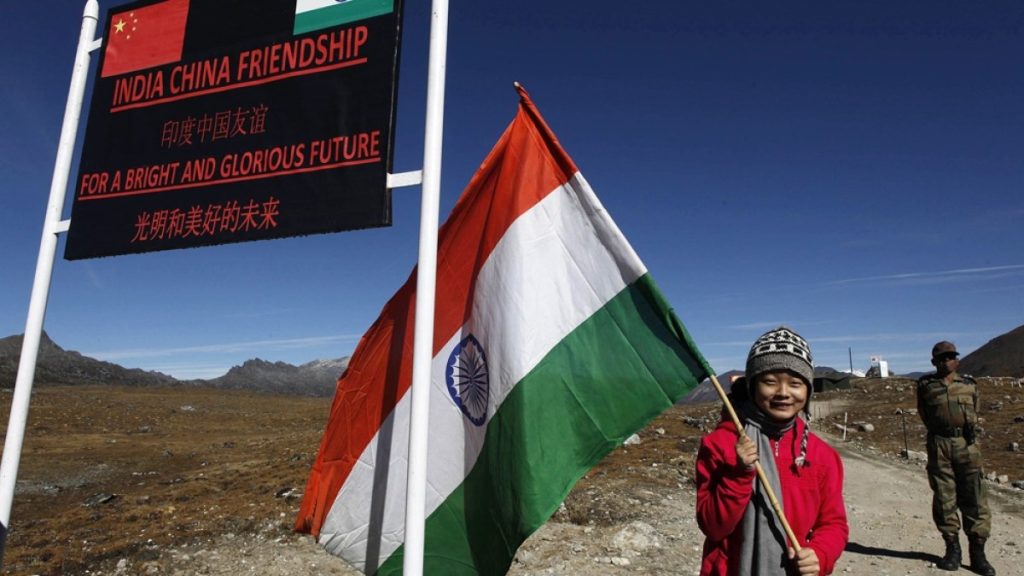Resurgence of US-India Relations and China’s Response
New Delhi, India – Five years ago, President Donald Trump was warmly welcomed in India, while China expressed discontent.
During his February 2020 visit, Trump attended a large rally called “Namaste Trump!” in Ahmedabad, showcasing the flourishing trade and personal camaraderie between him and Prime Minister Narendra Modi. However, by June 2020, relations with China deteriorated sharply after clashes in the Galwan Valley resulted in the deaths of 20 Indian soldiers. Consequently, India banned over 200 Chinese apps, triggering heightened tensions along their disputed border.
Changing Dynamics with China
By May 2023, India identified China as its primary adversary, particularly after Pakistan utilized Chinese military equipment during a four-day conflict with India in Kashmir. However, recent tariff disputes initiated by Trump against India—along with significant geopolitical shifts—have prompted warmer relations between New Delhi and Beijing.
The Diplomatic Engagement
This week, Prime Minister Modi met with China’s Foreign Minister Wang Yi, who emphasized mutual respect and ongoing improvements in bilateral relations. Wang’s two-day visit involved discussions with Indian officials, highlighting confidence-building measures such as resumed direct flights and trade facilitation. Both countries agreed to work towards resolving border issues, which have historically strained relations.
The Broader Geopolitical Context
China aims to strengthen ties with India, viewing such relations as crucial for its influence in the Asia-Pacific region. Experts indicate that improved India-China relations could alleviate the negative impact of U.S. tariffs. Trade deficits persist, with India facing a significant shortfall with China, which remains its largest trading partner after the U.S.
Impact on Global Alliances
Historically, U.S. administrations have positioned India as a counterbalance to China’s power, particularly through frameworks like the Quad, which includes the U.S., India, Japan, and Australia. The Quad has aimed to project U.S. influence in Asia without formal alliances. However, Trump’s administration is disrupting this balance, insisting that India solidify its alignment.
Future Prospects for India-China Relations
Experts posit that a thaw in relations is necessary, but competition and conflict are likely to persist. As India continues to diversify its partnerships, the reality of dependence on China remains. Although warming ties could forge new economic collaborations, both nations wield strategic considerations that limit full cooperation.
Conclusion
While Trump’s policy magnifies the complexities of U.S.-India relations amidst their friendship with China, analysts believe that a rapprochement between India and China could complicate the strategic landscape of the Quad. Ultimately, the path forward will require navigating substantial competitive tensions while recognizing the geopolitical shifts reshaping Asian dynamics.



